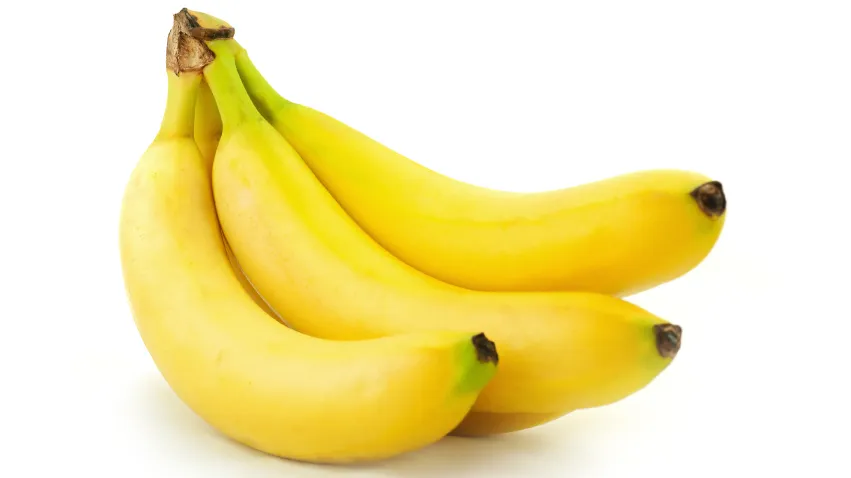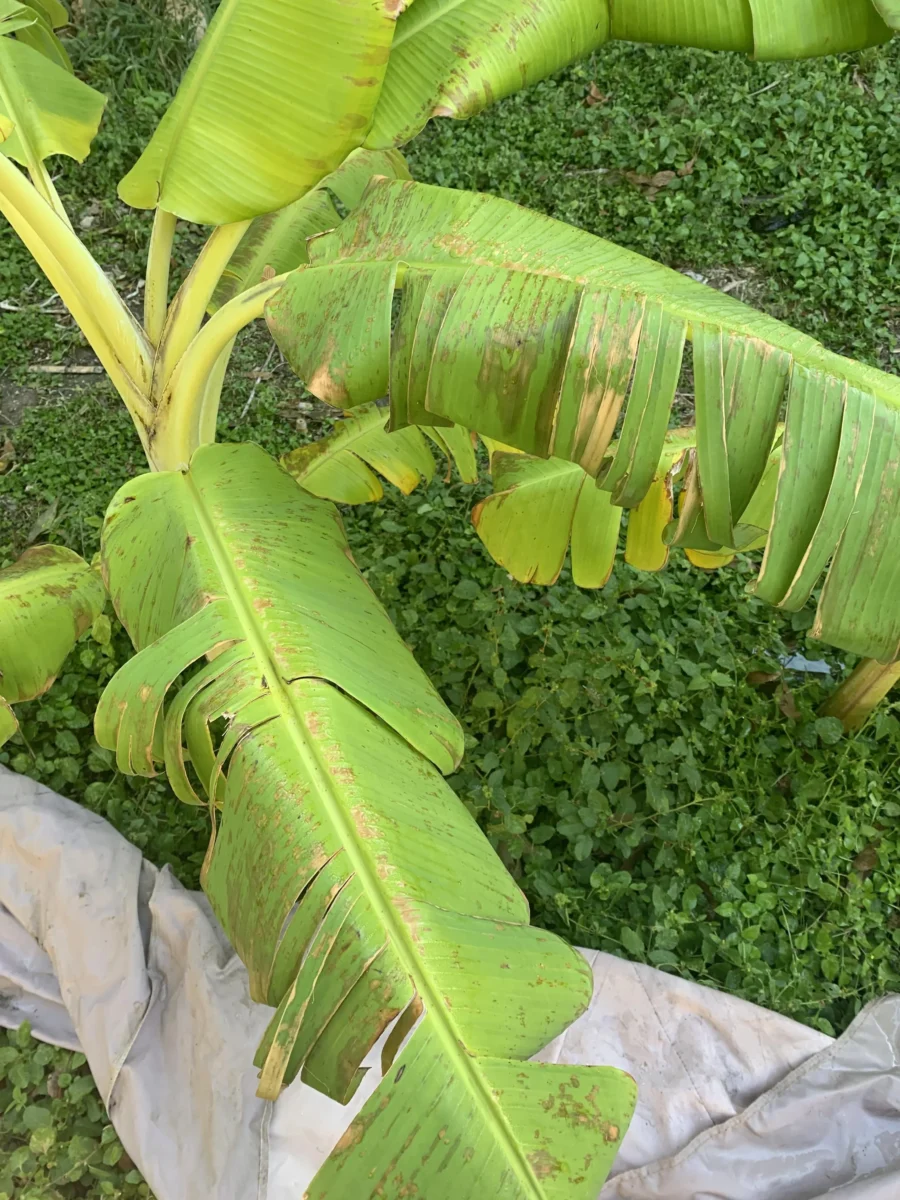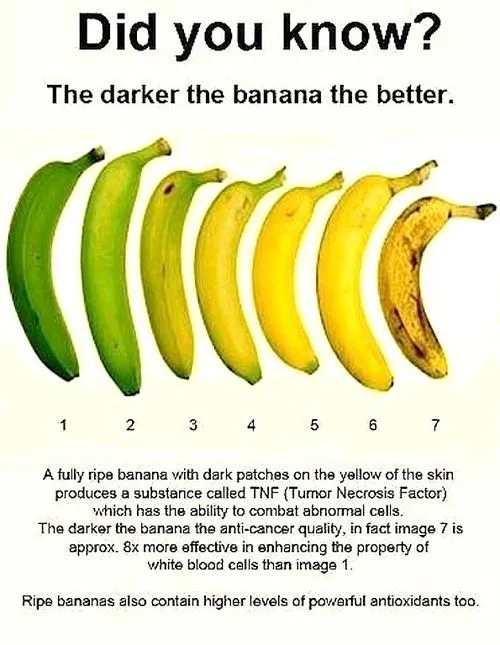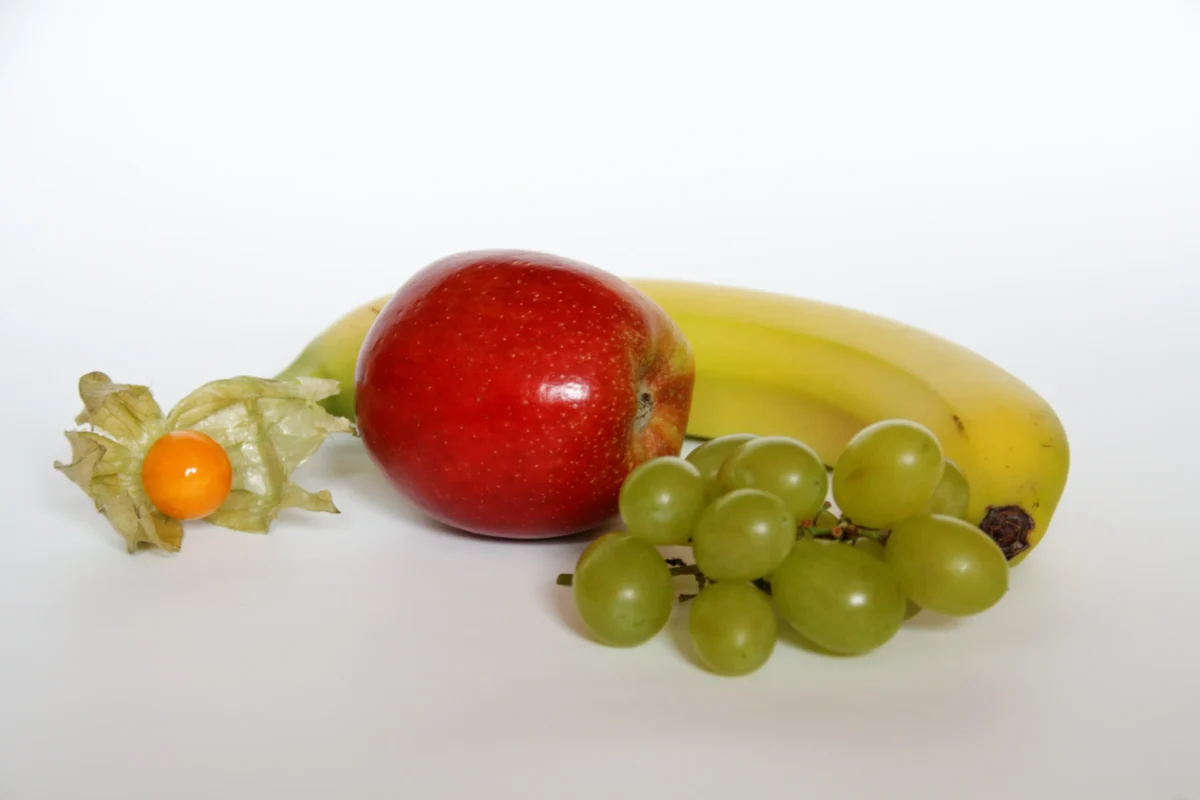Is Banana Really a Fruit? Unveiling the Truth and Science Behind It
The humble banana – this delicious and nutritious fruit is a favorite snack for many, but have you ever wondered if it is actually considered a fruit? The answer is not as straightforward as you might think!

In this article, we will explore the question “Is banana considered a fruit?” by delving into the definition of a fruit, the characteristics of a banana, and its scientific classification. We will also provide insights into the ongoing debate surrounding this topic.
If you are a banana enthusiast or simply curious about the world of fruits, then this article is for you. Join us as we uncover the truth about bananas and their place in the world of fruit. Keep reading to learn more!
What is a fruit?

Bananas are a commonly consumed fruit, but what exactly is a fruit? This may seem like a simple question, but the answer is much more complex than one might think.
According to botanists, a fruit is defined as the matured ovary of a flowering plant that contains seeds. This means that not all sweet and succulent foods are considered fruits – for example, tomatoes and avocados are actually classified as fruits rather than vegetables because they contain seeds.
Furthermore, there are different types of fruits based on how they develop. Simple fruits develop from one flower with one ovary, while aggregate fruits come from multiple ovaries in one flower. Multiple fruits come from multiple flowers that merge together during development.
In the case of bananas specifically, they fall under the category of berries – which may surprise many people. Berries have thin skin and fleshy pulp with seeds embedded inside – just like bananas.
Understanding what constitutes a fruit can be useful in cooking and nutrition as it can help individuals identify different types of produce and their nutritional values. With this knowledge in hand, those looking to learn more about bananas can appreciate their fruity nature even more!
What are the characteristics of bananas?
Bananas are an intriguing fruit with a wide range of unique characteristics that set them apart from other fruits. From their distinctive shape to their sweet flavor and nutritional benefits, bananas have captured the attention of people around the world.
One of the most notable characteristics of bananas is their shape. Unlike many other fruits, bananas are elongated and curved, with a distinctively yellow or green color depending on ripeness. This unique shape makes them easy to peel and eat on-the-go, making them a popular choice for busy individuals.
In addition to their shape, bananas are also known for their sweet flavor. This sweetness comes from natural sugars present in the fruit, which make it a delicious snack or ingredient in recipes ranging from smoothies to baked goods.
But perhaps even more important than its taste is the nutritional value of bananas. Bananas are an excellent source of vitamins and minerals such as potassium, vitamin C, and fiber. These nutrients provide numerous health benefits such as improved heart health and digestion.
Overall, there is no doubt that bananas are one-of-a-kind fruits with a variety of unique characteristics that make them beloved by people all over the world. Whether you enjoy eating them as a snack or incorporating them into your favorite recipes, there’s no denying that this humble fruit packs a powerful punch when it comes to both taste and nutrition.
The scientific classification of a banana is.

Bananas are part of the plant family Musaceae, which includes approximately 70 species of flowering plants. The scientific name for the common banana is Musa acuminata.
Within this species, there are several subspecies, including Musa acuminata ssp. burmannica and Musa acuminata ssp. malaccensis. These subspecies vary in characteristics such as fruit size and shape, leaf color and texture, and growth habits.
Bananas are also classified based on their ripeness stage: green bananas are unripe, while yellow or brown bananas indicate ripeness. Additionally, there are different varieties of bananas grown around the world that have distinct flavors and textures.
The classification of bananas is important not only for understanding their biology but also for agricultural purposes such as breeding new varieties or improving crop yield. By learning more about the scientific classification of bananas, we can appreciate the diversity within this beloved fruit and potentially find ways to enhance its qualities even further.
The debate over whether a banana is a fruit or not.
The age-old debate over whether a banana is a fruit or not has been the subject of many heated discussions. While some argue that bananas are indeed fruits, others believe that they belong to an entirely different category.
The truth is, bananas are technically classified as berries. Yes, you read that right- berries! This may come as a surprise to many who have always thought of them as fruits.

« if banana is apple apple is grapes
The Ultimate Guide to Knowing When Your Banana Bread is Done: Tips and Tricks for Perfect Baking! »
But what makes bananas berries? Well, it all comes down to their anatomy. Botanically speaking, a berry is defined as a fleshy fruit with multiple seeds inside and develops from a single flower with one ovary. And guess what? Bananas fit this description perfectly!
While some may still argue that bananas don’t quite fit the traditional definition of a fruit, there’s no denying their nutritional value and versatility in the kitchen. Whether you slice them up for your morning cereal or whip them into smoothies and baked goods, there’s no denying that bananas are an essential part of any healthy diet.
So next time someone tries to tell you that bananas aren’t fruits, just remember- they’re actually berries!
Conclusion and summary of findings.
In conclusion, our findings have shed light on the fascinating world of bananas. From their rich cultural history to their nutritional benefits, bananas truly are a wonder fruit.
Through this exploration, we have discovered that bananas contain essential vitamins and minerals such as potassium and vitamin C. Additionally, they can aid in digestion and even improve mood.
Moreover, we have uncovered the surprising fact that bananas play an important role in various cultures and traditions around the world. From religious offerings to cultural celebrations, bananas are a staple food item in many communities.
Overall, our research has highlighted the many reasons why bananas are an important fruit to incorporate into one’s diet. Whether you enjoy them as a snack or use them in your cooking recipes, it is clear that there is much to appreciate about this versatile fruit.
We hope that our findings have been informative for those looking to learn more about this beloved fruit. As we continue to uncover new information about the benefits of bananas for both our health and culture as a whole, it is clear that there is still much more to be explored in this fascinating field.
Check out our other articles to find out even more about banana.
In conclusion, the debate over whether or not a banana is considered a fruit may never be fully resolved. Although bananas meet many of the characteristics to qualify as fruits and are scientifically classified as such, opinions vary on if they are truly “fruits.” Further exploration into this topic reveals that it’s ultimately up to personal preference in how one defines fruit – so try our other articles for yourself and determine which side of the argument you fall on! Check out our other articles to find out even more about banana.










